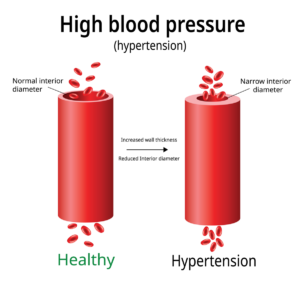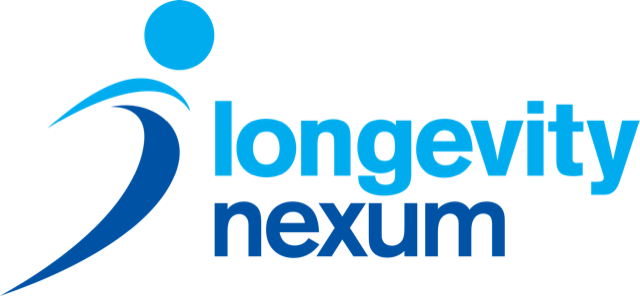High Blood Pressure: The Silent Killer & How Exercise Can Lower It Naturally
In today’s fast-paced world, high blood pressure (hypertension) has become an alarmingly common health concern. Longwork hours, poor dietary habits, stress, and sedentary lifestyles all contribute to an increase in cases worldwide. According to the World Health Organization, nearly 1.3 billion people suffer from hypertension, many of whom remain undiagnosed. Often called the “silent killer,” high blood pressure can quietly damage your body for years before noticeable symptoms arise. In this blog, we want to explain why having high blood pressure negatively impacts your health and how exercise can help.
The Physiological Toll of High Blood Pressure
When blood pressure remains elevated over time, it places excessive force on the arterial walls. The body adapts in ways that are detrimental to long-term health:

- Thickened Arterial Walls – The walls of your arteries respond to the increased pressure by thickening, which makes them less flexible and more prone to damage.
- Reduced Arterial Movement – Healthy arteries expand and contract to accommodate blood flow. With high blood pressure, they lose their elasticity, reducing circulation efficiency.
- Sticky Blood & Plaque Buildup – Chronic hypertension can lead to increased clotting factors in the blood, making it more prone to forming clots. Over time, cholesterol and other substances accumulate, narrowing arteries and increasing the risk of heart disease, stroke, and other complications.
Left unchecked, hypertension can lead to life-threatening consequences such as heart attacks, kidney disease, and cognitive decline. However, there’s good news: exercise is a natural and powerful intervention.
How Exercise Lowers High Blood Pressure Naturally
Regular physical activity is one of the most effective ways to manage and reduce high blood pressure. Exercise improves cardiovascular function in multiple ways:
- Increased Arterial Elasticity – Movement promotes better blood flow and keeps arteries more flexible, reducing overall vascular resistance.
- Lower Resting Blood Pressure – Aerobic and resistance training both contribute to lowering resting blood pressure by improving the efficiency of the heart and reducing the strain on arterial walls.
- Improved Blood Flow & Less Plaque Buildup – Exercise stimulates the production of nitric oxide, a molecule that helps blood vessels relax and dilate. This process lowers blood pressure and reduces the likelihood of arterial blockages.
- Decreased Stress Hormones – Physical activity helps regulate cortisol and adrenaline, two stress hormones that contribute to elevated blood pressure when chronically elevated.
A combination of aerobic exercise (walking, cycling, swimming) and resistance training (weightlifting, bodyweight exercises) provides optimal benefits. Even small, consistent changes—like taking the stairs, walking for 30 minutes a day, or incorporating strength training twice a week—can have profound effects on blood pressure regulation.
Exercise vs. Medication: A Natural Alternative
Yes, pharmaceuticals such as beta-blockers and ACE inhibitors are available to help control hypertension, and in some cases, they are necessary. However, imagine if you could avoid or reduce your dependence on medication simply by moving your body more. With this added movement, it won’t just help your blood pressure either. It will target numerous factors within the body to improve overall health.
Exercise is medicine—one that comes without unwanted side effects and offers additional benefits like improved mood, better sleep, and enhanced overall well-being.
At Longevity Nexum, we believe in empowering our clients to take control of their health through movement. If you’re concerned about high blood pressure or want to improve your cardiovascular health, our registered kinesiologists can create a personalized plan to get you moving in a way that’s safe, effective, and sustainable.
Your heart will thank you. Your arteries will thank you. And most importantly, your future self will thank you. Start treating exercise as your daily prescription—because movement is medicine, and it’s never too late to start.
Written by Chelsey Torrance





0 Comments